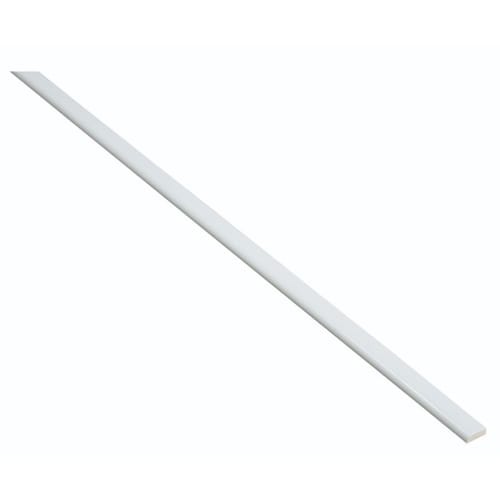

Some people start with face frames then build their carcases to fit. That way you’ll have a chance to adjust the different parts to fit what you’ve made so far, instead of finding that your face frame is 1/16” too narrow or you cut the recess for your kick ¼” too high. Unless you’re running a production facility where you build things in multiples to standard sizes, you should take the building work in stages.

I planned to scribe (saw and plane) it to the floor and to the wall at its left that’s why the face frame protrudes beyond the cabinet’s left side. The cabinet I’m building in this article was designed for the kitchen of a 1912 house.
#CABINET SCRIBE STRIP HOLDER CLAMP INSTALL#
By the 1930s the recessed kick had become nearly ubiquitous – no surprise, considering how much easier it is to install than a flush kick that has to sit on an uneven floor. There are many ways of handling these points of intersection, and each has distinct period and other cultural connotations.įor example, many built-ins from the early 20th century were made with flush kicks – the bottom rail of their face frames extended all the way down to the floor. I’m also referring to how the cabinets will literally intersect with the walls, floors, and ceilings, which are rarely square, level, or plumb. I’m not referring to aesthetic features alone – timber species, hardware, how the various cabinet components will interrelate (will the doors be inset or overlay?), or style (slab doors or frame-and-panel?). When designing built-in cabinets, you need to think about installation – and take into account certain features of the cabinets’ future context. I have chosen materials and methods that make sense for my business, given my clientele and the styles in which I specialize. The technique I will describe here is a hybrid that draws on what I learned at the different shops where I have worked. The method I use most often for built-in cabinetry combines simplicity and strength for the basic casework with materials and techniques that owe more to the world of furniture than that of contemporary commercial cabinetmaking. In the 23 years since I started my own business, I have selectively adopted new materials and methods.
#CABINET SCRIBE STRIP HOLDER CLAMP FULL#
Drawers, too, were full overlay and ran on Accuride ball bearing slides. Doors were full overlay, hung on European hinges a novelty for me. There, we built casework from beautifully veneered MDF, joining the parts with biscuits and Twinthread screws. Much of my current carcase-building technique comes from what I learned at a contemporary furniture business in Vermont. All of our doors were inset, hung on solid-drawn brass butts our drawers ran on traditional wooden runners, and we dovetailed our drawers by hand. We applied face frames with a simple butt joint and glue. Although I can’t recall which type of joinery we used for the tops, I know we weren’t using biscuits I didn’t encounter a biscuit joiner until I moved back to the United States. The first step was to glue and clamp the tongue-and-groove material in long lengths, then flatten them on a stroke sander and saw the parts to size. Our doors and drawer fronts were inset, and we hung the doors on solid-drawn brass butt hinges mortised only into the door, then simply screwed onto the inside edge of the face frame.Īt the next shop, also a rural English operation, we made casework out of solid pine floorboards. The face frames were glued onto the cases with more plywood splines. We joined the sides, tops and bottoms using thin plywood splines, then applied solid wood face frames made with a shaper-cut bridle joint. It’s an exaggeration, I know, but it gets at a basic truth about the world of cabinetry and built-ins: There is no single “right” way to build them.Īt the first shop where I worked, a custom cabinetmaking business in rural England, we built casework out of melamine-coated particleboard. I am often tempted to say that there are as many ways to build cabinets as there are cabinetmakers. This article was originally published in the October 2018 issue of Popular Woodworking Magazine. In honor of her memory, we will be sharing some of our favorite contributions from her over the years. Use this simple, strong method for constructing kitchen cabinets and other built-ins.Įditor’s note: Nancy Hiller passed away on August 29th, 2022 after a long battle with cancer.

For a recent job, Hiller built new cabinets, such as the sink base visible here, on details drawn from the surviving original built-in at right.


 0 kommentar(er)
0 kommentar(er)
